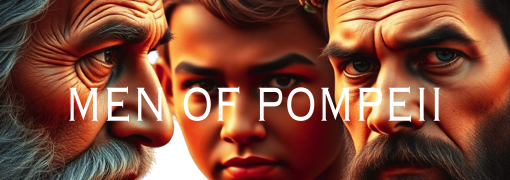Rome’s multicultural society was one of the Roman Empire’s defining features, shaped by the vast array of peoples it conquered and incorporated. The empire stretched across continents, encompassing diverse ethnicities, languages, religions, and customs. These conquered peoples were not merely subjects; they played vital roles in shaping Rome’s political, social, and cultural landscape.
This blog explores two central themes: integration and conflict within Rome’s multicultural society. It examines how Rome managed to integrate a wide variety of groups through legal inclusion, military service, and administrative participation. Simultaneously, it addresses the tensions and conflicts that arose from cultural differences, identity struggles, and resistance movements among these populations.
A significant aspect of this integration was the role of the patricians, the wealthy and powerful elite who played a crucial part in shaping Roman society. Understanding Rome’s Multicultural Society: Integration and Conflict Among Conquered Peoples provides valuable insight into the complexities of managing diversity within a large empire—a topic still relevant in today’s globalized world.
The Composition of Rome’s Multicultural Society
The Roman Empire was home to a vast and complex population, marked by multiple social categories that shaped its multicultural identity. Key groups included:
- Roman citizens: Individuals granted full legal rights, often enjoying privileges in politics, property ownership, and legal protections.
- Non-citizens: Residents of the empire without full citizenship, including peregrini (foreigners), who were subject to different laws and restrictions.
- Slaves: A significant portion of the population, enslaved people came from diverse ethnic backgrounds and performed various labor roles across society.
- Freed individuals (freedmen): Former slaves who had been granted freedom, often integrating into society with limited rights and opportunities for social advancement.
This demographic diversity was not static but evolved considerably from the Republic through to the Imperial period. The Republic’s expansion brought waves of conquered peoples into Roman domains—Gauls, Greeks, Iberians, North Africans, and many others—each contributing distinct languages, customs, religious practices, and social structures. These cultural backgrounds added layers of complexity to Rome’s demographic makeup.
Cultural diversity in Rome extended beyond ethnicity. It included differences in status, citizenship rights, economic roles, and degrees of assimilation into Roman norms. Cities like Rome itself became melting pots where traders from Syria mingled with Egyptian artisans and Gallic mercenaries serving in the military.
This heterogeneity influenced daily life deeply. Markets buzzed with goods from distant provinces; religious festivals incorporated foreign deities alongside Roman gods. Slaves could be Greek philosophers or Germanic warriors; freedmen might become successful merchants or local officials.
Such diversity challenged Rome to create inclusive yet hierarchical systems that balanced unity with difference—a theme that defined much of its social and political history. This dynamic is essential for understanding the lives of plebeians, who formed a vital part of this multicultural society.
Moreover, the extensive network of Roman roads played a significant role in maintaining and expanding this empire. These roads facilitated trade and movement across vast distances, further enriching the cultural tapestry of Rome.
For those interested in delving deeper into the fascinating world of Ancient Rome—from its origins as a Republic to its transformation into a mighty Empire—Men of Pompeii offers an extensive online resource with engaging content that brings this rich history to life.
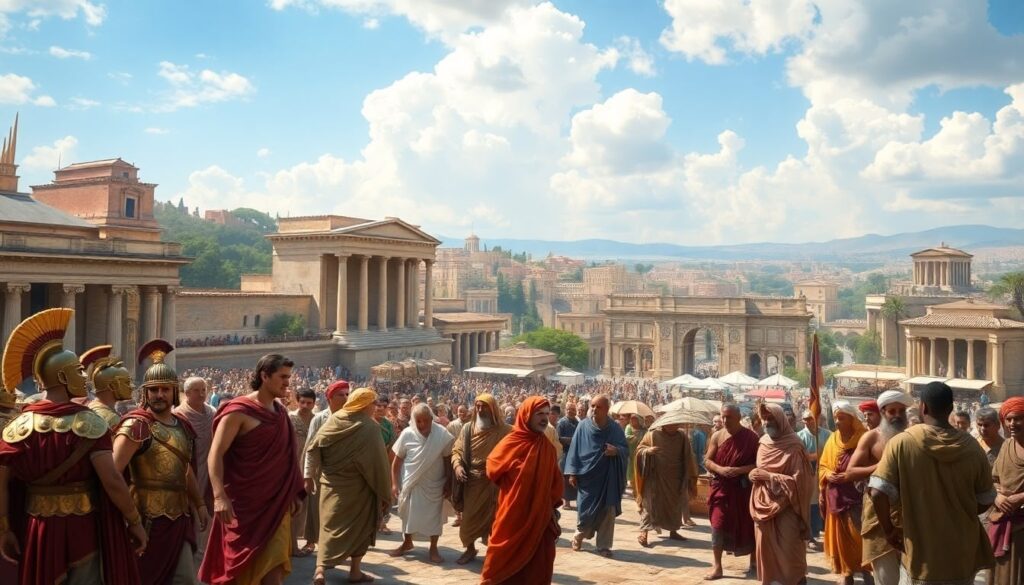
Evolution of Roman Citizenship and Legal Inclusion
The transformation of Roman citizenship laws from the Republic to the Imperial era was significant. During the Republic, citizenship was relatively accessible to certain allied communities and individuals who demonstrated loyalty or military service. This openness helped Rome expand its influence by creating a sense of shared identity among diverse populations.
Key changes in Roman citizenship laws and their impact include:
- Republican Era: Citizenship was granted primarily to freeborn males in Rome and select allied cities. Non-citizens could gain limited privileges through military service or local alliances.
- Imperial Regulation: Citizenship became more regulated under emperors who sought to control political participation and maintain stability. The extension of citizenship was often strategic, balancing inclusion with authority.
Two main pathways facilitated social integration through legal frameworks:
- Military Service
Serving in the Roman legions offered non-citizens a clear route to citizenship. Auxiliary soldiers, often recruited from provincial populations, received citizenship upon honorable discharge. This system encouraged loyalty, created social mobility, and reinforced imperial cohesion by binding soldiers directly to Roman law and privileges. - Manumission
Freed slaves (freedmen) were granted limited rights initially but could eventually obtain full citizenship. Manumission expanded the citizen base and integrated formerly marginalized groups into society, contributing to social diversity while ensuring their allegiance to Rome.
Legal inclusion through these mechanisms promoted political stability by aligning diverse populations under a common legal identity. It also fostered cultural assimilation as new citizens adopted Roman customs, language, and responsibilities within the empire’s complex societal fabric.
This evolving framework underpinned Rome’s ability to govern a vast multicultural population while managing tensions between local traditions and imperial demands. The integration achieved through citizenship laws set the stage for further mechanisms of inclusion explored next.
The structure of power during the Republic laid a foundation for modern democracies, establishing key principles of governance that resonate today. Meanwhile, understanding the legal status of Roman women reveals how their citizenship was intrinsically linked to their relationships with men, such as fathers or husbands.
Ultimately, this Roman law, which originated in ancient Rome around 753 BCE and lasted until the 5th century CE, has played a crucial role in shaping modern legal systems. Understanding this legacy is essential for grasping the foundations of contemporary laws.
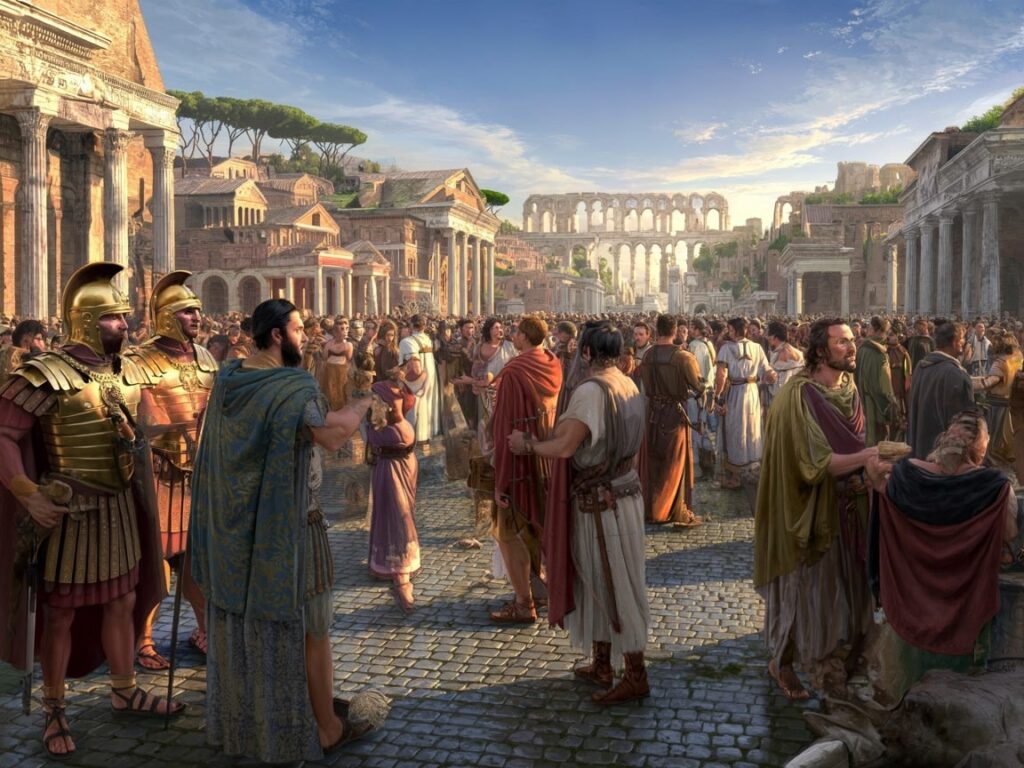
Mechanisms of Integration in the Roman Empire
Military Service and Social Mobility
Military service played a crucial role in the assimilation model employed by Rome to integrate its diverse populations. The Roman legions were more than just military units; they acted as a powerful mechanism for acculturation and social transformation. Serving in the army offered conquered peoples a direct path into Roman society, allowing individuals from varied cultural backgrounds to adopt Roman customs, language, and legal status.
Key aspects of military service as an integration tool:
- Pathway to citizenship: Non-citizens who enlisted in the Roman army could earn citizenship upon completion of their service, typically after 25 years. This legal assimilation granted them rights previously restricted to citizens, including property ownership, marriage recognition under Roman law, and political participation.
- Social inclusion: Citizenship gained through military service enabled veterans to integrate into urban communities or provincial towns as respected members of society. Many veterans settled in colonies established for retired soldiers, which served as outposts of Roman culture across the empire.
- Upward mobility: Military achievements or administrative roles within the army created opportunities for social advancement beyond mere survival. Some soldiers rose through ranks to become officers or local leaders, blending martial prestige with civic responsibility.
The experience of freed slaves further exemplifies how Rome’s multicultural society fostered integration through legal and social mechanisms linked with military service.
Freed slaves citizenship and participation:
- Freedmen often remained tied to their former owners but gained important personal freedoms and legal standing once manumitted. Their social inclusion was enhanced if they or their descendants joined auxiliary troops or supported military campaigns.
- Freed slaves who obtained citizenship could engage in trade, artisan crafts, or even local governance. This blurred rigid class distinctions and encouraged cultural mixing between Romans and provincials.
- Legal assimilation extended beyond individuals to families; children born to freedmen enjoyed full citizenship rights without restrictions imposed on their parents.
Roman military service functioned as a practical framework for integrating conquered peoples by offering tangible rewards tied to loyalty and service. It combined Roman culture acculturation with legal inclusion, reinforcing stability within an ethnically diverse empire. This approach balanced imperial control with personal incentives, creating new identities rooted in shared obligations rather than exclusive heritage.
This system contributed significantly to Rome’s ability to maintain cohesion despite vast demographic complexity. The legions symbolized not only military might but also a social institution that bridged cultural divides — a key pillar in Rome’s Multicultural Society: Integration and Conflict Among Conquered Peoples.
Additionally, the influence of the military extended beyond traditional roles, with figures such as gladiators emerging from this complex social structure. These warriors were not only admired for their skills but also became part of a broader narrative within Roman entertainment, reflecting the intricate relationship between military service and societal integration.
Local Elites and Provincial Administration
The assimilation model employed by Rome relied heavily on the participation of local elites in provincial administration. Conquered peoples were gradually integrated through the adoption of Roman customs and laws, a process known as Roman culture acculturation. By involving native aristocrats and influential figures in governance, Rome ensured that its legal assimilation policies were more effective and accepted at the local level.
Local elites acted as intermediaries between the imperial government and their communities, administering justice, collecting taxes, and maintaining public order. This form of administrative incorporation created a network of loyalty to Rome while respecting certain local traditions, which helped balance centralized imperial control with provincial autonomy.
Key features of this system included:
- Empowerment of provincial leaders through official titles and positions within Roman legal frameworks.
- Encouragement of social inclusion by granting citizenship or privileges to cooperating elites.
- Fostering cooperation via shared governance, which reduced resistance by giving conquered peoples a stake in the empire’s stability.
Such strategies reinforced unity while allowing diversity to persist, demonstrating how law and political structures worked together to sustain Rome’s multicultural society. The role of local elites was essential in translating Roman authority into practical administration across vast territories.
This transition in governance from a monarchy to a republic marked a significant turning point in the history of Rome. The birth of the Roman Republic, characterized by the overthrow of the last king around 509 BCE, laid the foundation for this assimilation model.
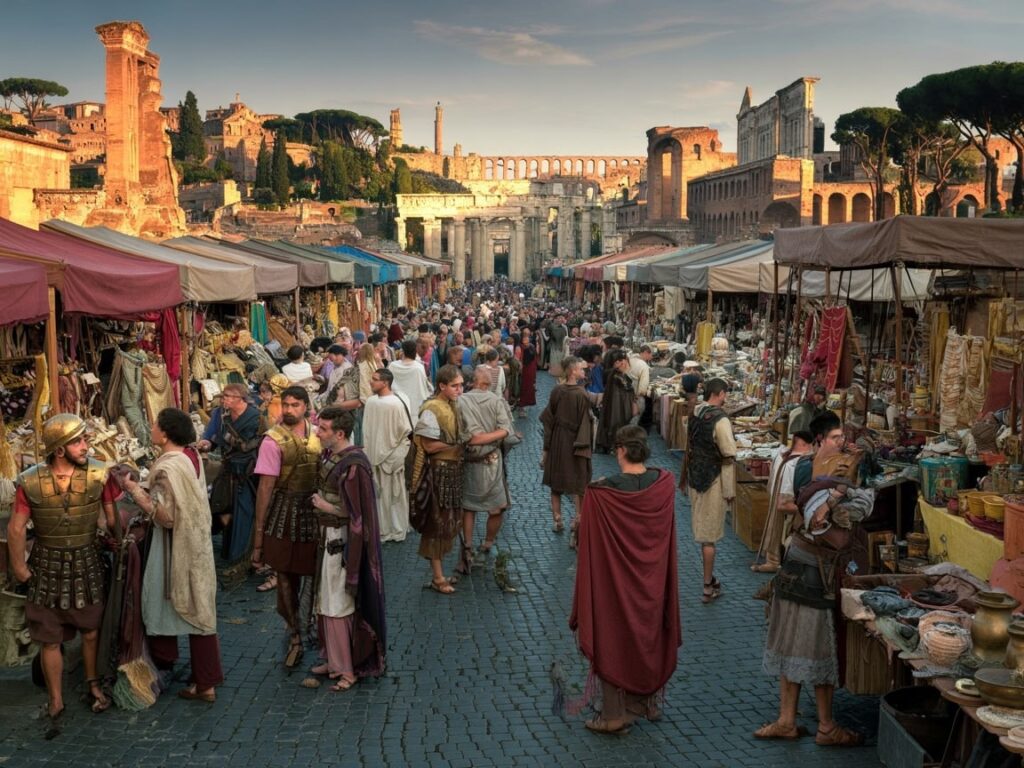
Governance Structures Supporting Integration and Control in Rome’s Multicultural Society
Maintaining order within Rome’s multicultural society required robust governance structures capable of managing diverse populations spread across vast territories. These mechanisms combined law enforcement, economic policies, religious institutions, and infrastructure development to support integration and control.
Roman Law Enforcement
Roman law enforcement operated as a critical pillar for social stability. The Cohortes Urbanae (urban cohorts) and the Vigiles (night watchmen and fire brigade) were essential in policing Rome’s city population, which included citizens, freedmen, slaves, and foreigners. Their duties extended beyond crime prevention to managing public order during festivals, markets, and political gatherings where cultural tensions could surface.
In provinces, local magistrates enforced Roman laws while collaborating with indigenous authorities. This system allowed for legal uniformity while respecting certain regional customs. Courts administered justice based on Roman legal principles, which helped integrate conquered peoples under a shared framework of rights and duties.
Taxation as a Unifying Economic Practice
The Roman taxation system served not only as an economic tool but also as a means of social cohesion. Taxes funded the military, public works, and administrative expenses crucial for empire maintenance. Conquered peoples contributed through various taxes such as tributum (land tax), customs duties, and poll taxes.
Taxation created a tangible link between diverse groups and the central government. Payment of taxes implied acceptance of Roman authority and participation in its political economy. Local elites often collected taxes on behalf of Rome, integrating them into imperial governance while reinforcing their status within their communities.
Religious Institutions and Infrastructure Development as Tools for Integration
Religious institutions played a significant role in promoting cultural cohesion among conquered peoples. The Romans were pragmatic about religion; they incorporated deities from different cultures into their pantheon through interpretatio Romana. Temples dedicated to provincial gods stood alongside traditional Roman shrines within cities.
Religious festivals became occasions for shared cultural expression that transcended ethnic differences. Priesthoods often included members from local elites who helped mediate between Roman officials and indigenous populations.
Infrastructure projects like roads and aqueducts were vital for administrative control and integration across the empire:
Roads: The extensive network of Roman roads facilitated military movements, trade, communication, and governance. Roads connected remote provinces to Rome’s urban centers, enabling efficient administration.
Aqueducts: Supplying fresh water to cities supported urban growth and public health. Aqueducts symbolized Roman engineering prowess and imperial beneficence, promoting loyalty among provincial populations.
These infrastructures physically linked disparate regions into a cohesive entity where information flowed freely and imperial presence was felt tangibly. The significance of Roman engineering lies in its capacity to connect far-flung regions, ensuring effective governance and cultural exchange.
The combination of law enforcement personnel maintaining peace; taxation systems binding communities economically; religious institutions fostering shared identity; and infrastructure enabling communication illustrates how Rome managed diversity through integrated governance rather than mere domination. These structures formed the backbone that supported both control over conquered peoples and their gradual assimilation into the empire’s multicultural fabric.
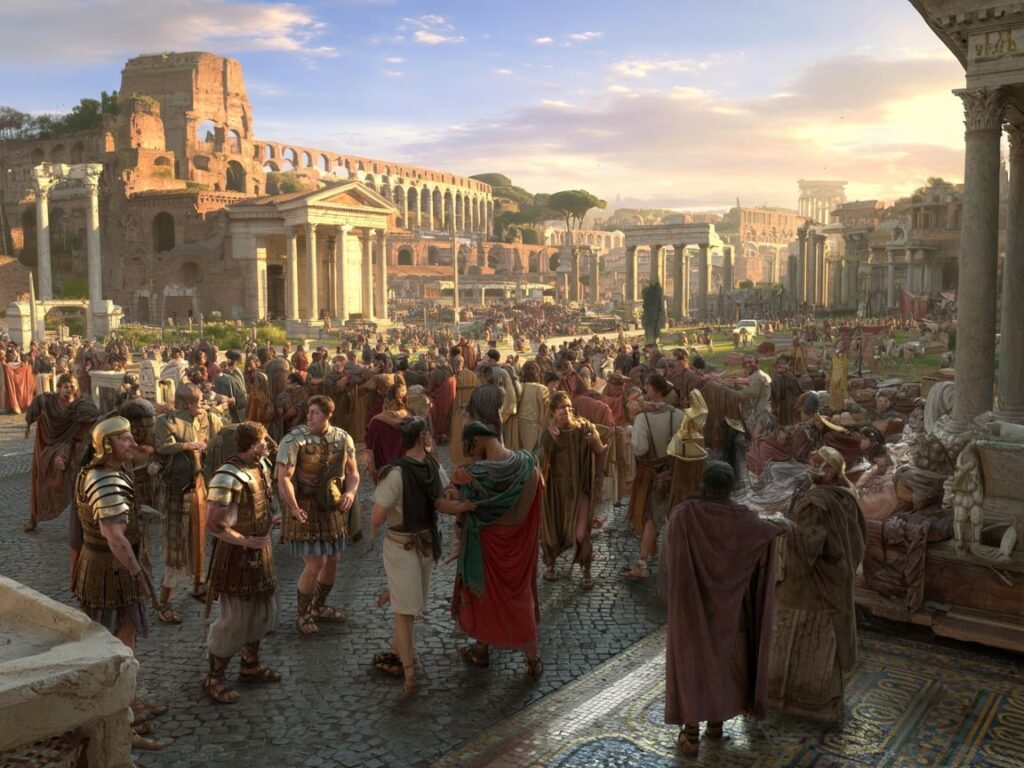
Sources of Conflict Within Rome’s Multicultural Society: Examining Cultural Tensions, Rebellions, and Resistance Movements Among Conquered Peoples
Navigating cultural tensions in Rome was a persistent challenge for the empire’s diverse populations. Many conquered communities struggled to reconcile their local identities with the dominant Roman culture imposed upon them. This tension often emerged from competing loyalties, differing religious practices, language barriers, and social hierarchies that favored Roman norms.
The empire’s policy of integration through assimilation did not always succeed peacefully. Several rebellions and resistance movements erupted as expressions of dissatisfaction or outright rejection of Roman authority. These uprisings provide critical insight into how identity negotiation conflicts shaped the stability of Rome’s multicultural society.
Rebellions Driven by Mistreatment or Cultural Suppression: Case Study on Visigoths’ Revolt Against Roman Rule
The Visigoths’ revolt stands out as a prominent example of conflict triggered by both mistreatment and cultural suppression. Initially settled within the empire as foederati (allied peoples allowed to reside on Roman land), the Visigoths faced increasing exploitation by corrupt Roman officials who failed to honor agreements related to food supplies and land rights.
Key factors contributing to the revolt included:
- Economic hardship inflicted by Roman administrators, causing widespread suffering among Visigothic refugees.
- Cultural alienation, as Roman authorities attempted to impose their legal system and customs on the Visigoths without accommodating their traditions.
- Political marginalization, limiting Visigoths’ participation in local governance despite their military contributions.
This brewing discontent culminated in violent clashes such as the Battle of Adrianople in 378 CE, where the Visigoths decisively defeated a Roman army. The revolt exemplifies how unresolved grievances over cultural respect and equitable treatment could escalate into major threats against imperial control.
Broader Examples of Uprisings
Other groups also rebelled due to similar pressures:
- Jewish revolts in Judea, motivated by religious and cultural suppression.
- The Batavian rebellion in northern Gaul reflecting resistance against taxation and forced military conscription.
- The Boudican uprising in Britain driven by brutal Roman reprisals against local tribes.
Each case highlights the friction between maintaining an empire-wide identity under Rome’s rule and preserving distinct local cultures.
Lessons from Conflict
The Visigoths’ revolt illustrates important implications for managing diversity within large empires:
- Ignoring identity negotiation conflicts can undermine political stability.
- Attempts at forced cultural assimilation risk provoking resistance instead of fostering loyalty.
- Recognizing and integrating local customs through shared governance structures helps reduce sources of conflict.
Rome’s experience underscores that successful multicultural societies require balance—integration mechanisms like citizenship and administration must be paired with respect for cultural differences to avoid exacerbating tensions.
Understanding these historical dynamics equips you to appreciate the complexity behind maintaining unity across diverse populations—an enduring challenge visible from antiquity through to modern times.
Lessons from Rome’s Multicultural Experience for Managing Diversity Today
Understanding Rome’s Multicultural Society: Integration and Conflict Among Conquered Peoples provides valuable insights into managing diversity empires face today. The Roman model highlights critical dynamics:
1. Integration through inclusion
Ancient Rome demonstrated that offering pathways to citizenship, social mobility via military service, and participation of local elites in governance fostered a sense of belonging among diverse populations. These mechanisms reduced alienation and encouraged cooperation.
2. Recognition of cultural identities
Attempts at forced assimilation often sparked resistance. Rome’s experience shows the importance of respecting local customs and identities while promoting shared values. Balancing cultural autonomy with overarching legal frameworks minimizes friction.
3. Infrastructure and institutions as unifying forces
Roads, aqueducts, religious institutions, and law enforcement created tangible connections across vast territories. Such investments not only facilitated administration but also promoted economic interdependence and cultural exchange, strengthening social cohesion.
4. Awareness of conflict triggers
Neglecting grievances—whether due to mistreatment, economic disparity, or suppression of traditions—can lead to unrest, as seen in Visigoth revolts. Proactive engagement with minority communities and equitable policies are essential to prevent escalation.
The entertainment aspect of ancient Rome also played a significant role in its societal structure, influencing social relationships and political authority. From gladiatorial games to chariot races, these spectacles served as a means of integration and distraction for the populace.
Moreover, the legacy of ancient Rome continues to shape Western civilization today. Its cultural, governance, and innovative practices have left an enduring impact on various aspects of modern society.
Applying these lessons encourages contemporary societies to adopt multi-layered strategies combining legal inclusion, respect for diversity, economic integration, and responsive governance. This approach helps manage complex populations effectively while reducing sources of conflict inherent in multicultural settings.
FAQs (Frequently Asked Questions)
What characterized Rome’s multicultural society and its significance within the Roman Empire?
Rome’s multicultural society was marked by a diverse population including Roman citizens, non-citizens, slaves, and freed individuals from various cultural backgrounds across the empire. This diversity contributed to the demographic complexity of Rome from the Republic to the Imperial era, highlighting the significance of conquered peoples in shaping social dynamics.
How did Roman citizenship laws evolve to promote legal inclusion and social integration?
Roman citizenship laws evolved from relatively open policies during the Republic to more regulated frameworks under the Empire. Pathways such as military service and manumission enabled non-citizens and freed slaves to gain citizenship, fostering social integration and political stability within Rome’s multicultural society.
What mechanisms did the Roman Empire use to integrate conquered peoples into its society?
The Roman Empire employed assimilation models emphasizing Roman cultural acculturation and legal assimilation. Military service served as a crucial tool for social mobility, while local elites were incorporated into provincial administration, balancing centralized control with provincial autonomy to promote cooperation and unity among diverse populations.
In what ways did governance structures support integration and control in Rome’s diverse society?
Governance structures such as law enforcement maintained order across different groups, while taxation systems unified economic practices contributing to social cohesion. Additionally, religious institutions fostered cultural cohesion, and infrastructure projects like roads and aqueducts facilitated communication and administrative control throughout the empire.
What were common sources of conflict within Rome’s multicultural society, particularly among conquered peoples?
Cultural tensions arose as communities struggled to reconcile their local identities with dominant Roman culture. Rebellions and resistance movements, such as the Visigoths’ revolt against Roman rule, often stemmed from grievances related to mistreatment or cultural suppression, posing challenges to maintaining stability in an ethnically diverse empire.
What lessons can modern societies learn from Rome’s experience managing diversity?
Rome’s history illustrates the importance of balancing integration mechanisms—like legal inclusion and cultural assimilation—with awareness of potential conflict triggers among different groups. Understanding these dynamics can inform contemporary approaches to effectively manage diversity while minimizing sources of tension within large, multicultural societies.

